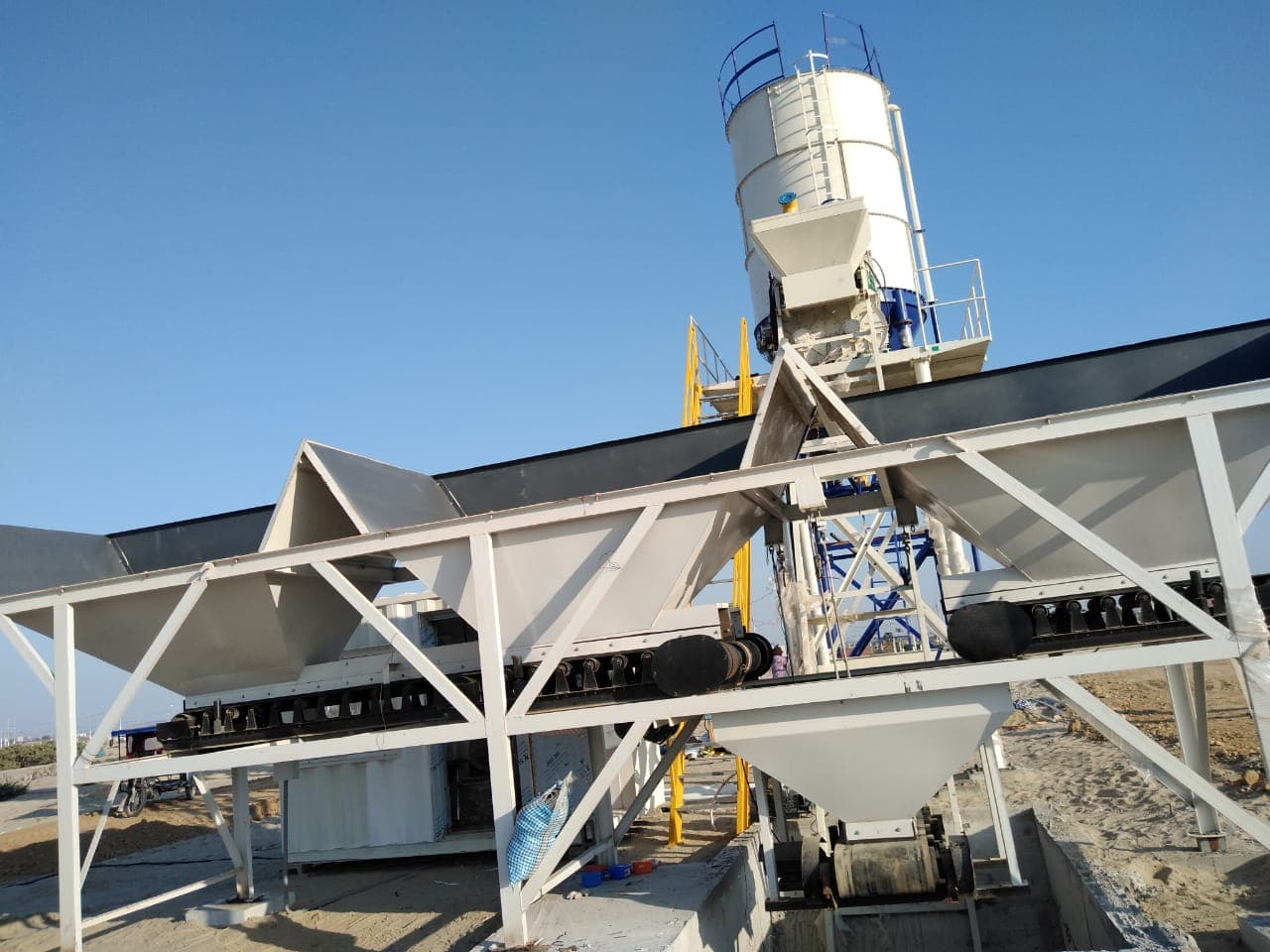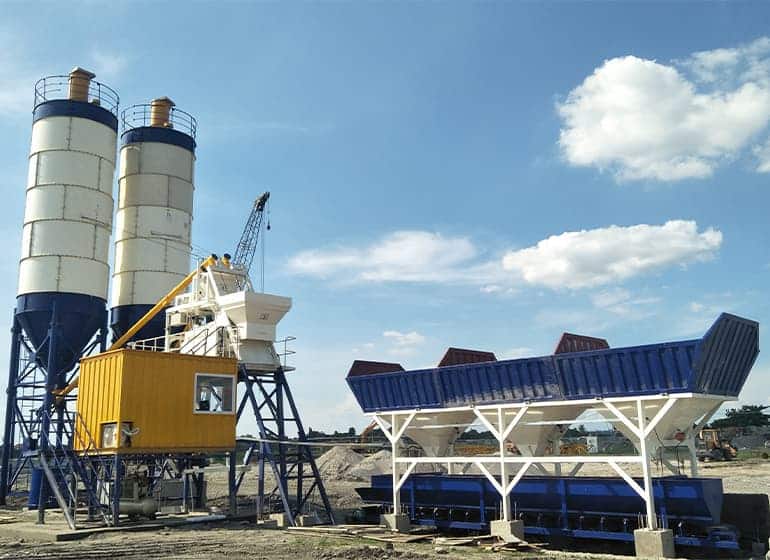What Are the Advantages of a Stationary Concrete Batch Plant?
Last Updated: 2025-07-30
When it comes to large-scale concrete production, selecting the right equipment is crucial for efficiency, cost-effectiveness, and quality control. Among the options available, stationary concrete batching plants stand out as a preferred choice for many construction projects, especially those requiring consistent, high-volume output. In this article, we’ll explore the key advantages of stationary concrete batch plants and why they outperform mobile alternatives in specific scenarios.

1. Higher Production Capacity and Efficiency
Stationary concrete batch plants are engineered for continuous, high-volume production, making them ideal for large infrastructure projects like highways, dams, and commercial buildings. Unlike mobile plants, which are designed for portability and smaller-scale jobs, stationary models feature:
- Larger cement silos and aggregate bins to store bulk materials, reducing downtime from refilling.
- High-capacity mixers (such as Twin Shaft Concrete Mixer) that ensure rapid, uniform blending of concrete.
- Optimized workflow layouts that minimize material handling time and improve overall efficiency.
For example, a stationary plant with a 120m³/h output can produce significantly more concrete than a mobile plant of the same capacity, thanks to its stable foundation and streamlined operations.
2. Superior Precision and Consistency
Quality control is paramount in concrete production, and stationary batch plants excel in delivering precise mixtures every time. Key features contributing to this advantage include:
- Automated batching systems with advanced sensors and software for accurate measurement of cement, water, aggregates, and additives.
- Real-time monitoring of mix proportions, temperature, and humidity to adjust recipes dynamically.
- Reduced human error due to automation, ensuring compliance with project specifications and industry standards (e.g., ASTM, EN).
This level of precision is critical for projects requiring high-strength concrete or specialized mixes, such as self-compacting concrete (SCC) or fiber-reinforced concrete.
3. Cost-Effectiveness Over Time
While stationary concrete batch plants may have a higher upfront cost than mobile units, they offer long-term savings through:
- Lower operational costs: Reduced labor requirements due to automation and efficient material handling.
- Energy efficiency: Many stationary plants incorporate eco-friendly designs, such as energy recovery systems and optimized motor controls, to cut electricity consumption.
- Durability: Built with heavy-duty materials and components, stationary plants require fewer repairs and replacements compared to mobile models exposed to frequent transportation.
For example, a well-maintained stationary plant can last 10–15 years or more, providing a strong return on investment (ROI) for contractors and ready-mix producers.
4. Customization and Scalability
Stationary concrete batch plants are highly adaptable to project-specific needs, offering:
- Modular designs that allow easy expansion or modification (e.g., adding extra silos, mixers, or automation modules).
- Integration with existing infrastructure, such as connecting to on-site cement terminals or aggregate pits for cost savings.
- Tailored configurations for specialized applications, such as wet mix, dry mix, or central mix plants.
This flexibility makes stationary plants suitable for diverse industries, including precast concrete manufacturing, road construction, and mining operations.

5. Enhanced Safety and Compliance
Safety is a top priority in construction, and stationary batch plants are designed with robust safety features, including:
- Enclosed mixing and batching areas to protect workers from dust and noise.
- Emergency stop systems and safety interlocks to prevent accidents.
- Compliance with international standards (e.g., OSHA, ISO) for equipment design and operation.
Additionally, stationary plants reduce risks associated with transporting mobile units across job sites, such as accidents during relocation or setup.
6. Environmental Benefits
Sustainability is increasingly important in construction, and stationary concrete batch plants contribute to greener operations through:
- Dust collection systems that minimize air pollution during material handling.
- Water recycling mechanisms to reduce freshwater consumption.
- Low-emission engines (in some models) for power generation.
By adopting eco-friendly practices, contractors can meet green building certifications (e.g., LEED) and appeal to environmentally conscious clients.
Conclusion: Why Choose a Stationary Concrete Batch Plant?
For large-scale, long-term projects demanding high productivity, precision, and cost savings, stationary concrete batch plants are the superior choice. Their ability to deliver consistent, high-quality concrete while reducing operational risks and environmental impact makes them indispensable in modern construction.
TAG: High-capacity concrete mixing plantstationary concrete batch plantStationary concrete batch plant advantages
